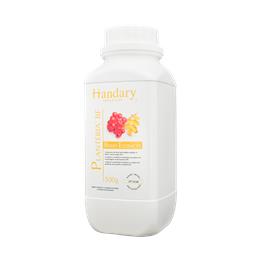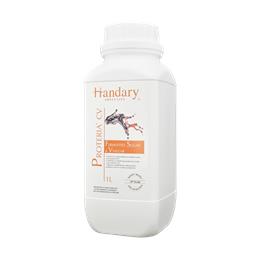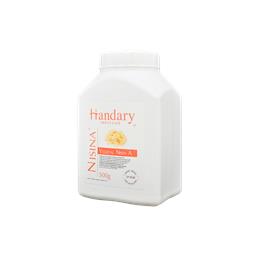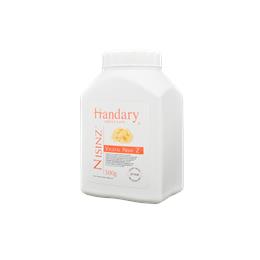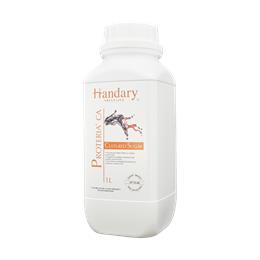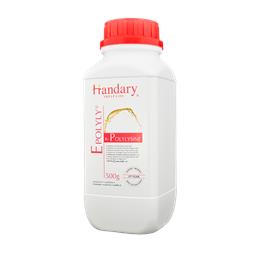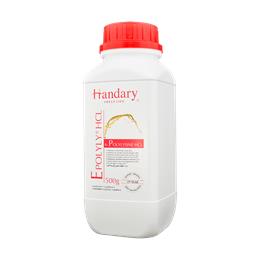Description
Salad dressings are sauces or emulsions that are added to salads to enhance their flavor and texture. They are typically made from a combination of oil, vinegar, herbs, and spices, although there are many variations that include different ingredients like honey, mustard, or yogurt. Common types of salad dressings include vinaigrette, ranch, Caesar, balsamic, honey mustard, Italian, blue cheese, and Thousand Island. Salad dressings can be used on a variety of salads and are often used as dips for vegetables or bread. While they can add flavor and texture to a salad, it's important to use them in moderation as they can be high in fat and calories.
Yeasts & Molds
Yeasts and molds can potentially be present in salad dressings, and the level of contamination can be influenced by various factors such as the quality of the raw materials, processing conditions, and storage conditions of the final product.
Salad dressings typically contain a combination of water, oil, vinegar, herbs, and other ingredients that can support the growth of yeasts and molds. In addition, post-production contamination can occur during processing, storage, and handling of the final product.
Overall, while yeasts and molds can potentially be present in salad dressings, manufacturers and consumers can take steps to minimize their risk of exposure by implementing proper handling and processing procedures, and using good hygiene and storage practices.
Total Aerobic Bacteria
Total aerobic bacteria can potentially be present in salad dressings, and the level of contamination can be influenced by various factors such as the quality of the raw materials, processing conditions, and storage conditions of the final product.
Salad dressings typically contain a combination of water, oil, vinegar, herbs, and other ingredients that can support the growth of bacteria. In addition, post-production contamination can occur during processing, storage, and handling of the final product.
Overall, while total aerobic bacteria can potentially be present in salad dressings, manufacturers and consumers can take steps to minimize their risk of exposure by implementing proper handling and processing procedures, and using good hygiene and storage practices.
 English
English 简体中文
简体中文 Français
Français Español
Español
